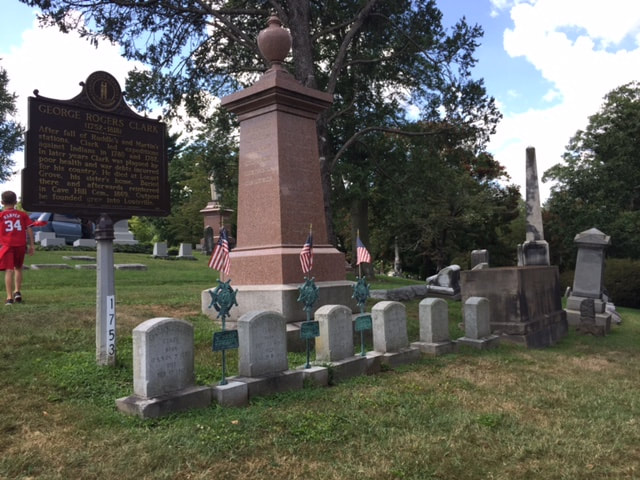 Jonathan and his wife Sarah Hite Clark lie in the center of six Clark family graves fronting a family monument at Louisville's Cave Hill Cemetery. Flags adorn the graves of Jonathan, George, and Edmund, who fought in the Revolutionary War. Their famous younger brother, William, is buried in St. Louis, Missouri. (Author)
29 Comments
|
Gabriel Nevilleis researching the history of the Revolutionary War's 8th Virginia Regiment. Its ten companies formed near the frontier, from the Cumberland Gap to Pittsburgh. Categories
All
Archives
June 2024
© 2015-2022 Gabriel Neville
|
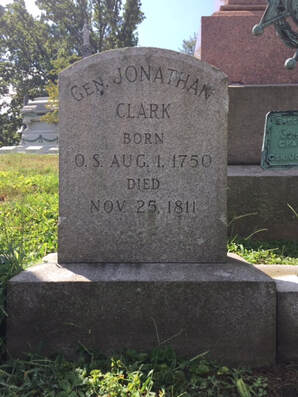
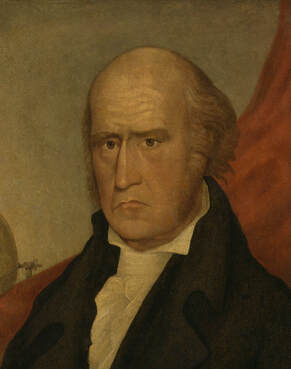
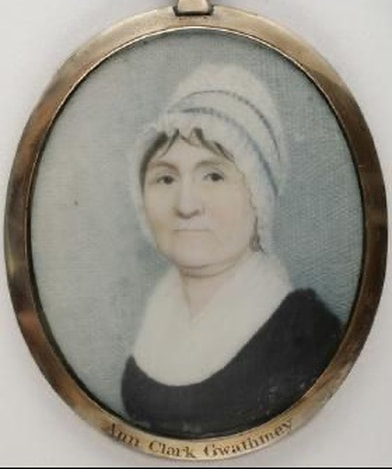
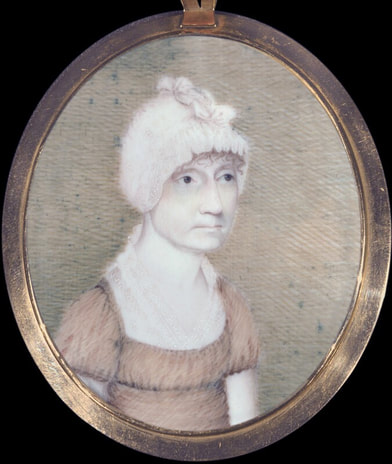
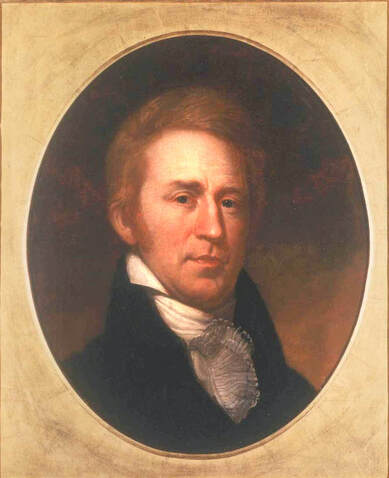
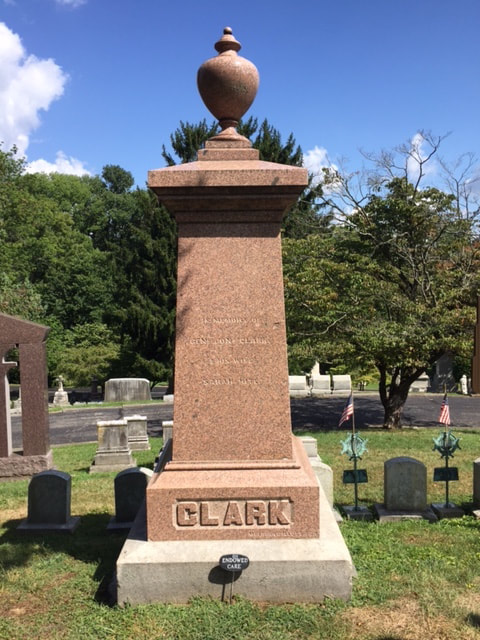
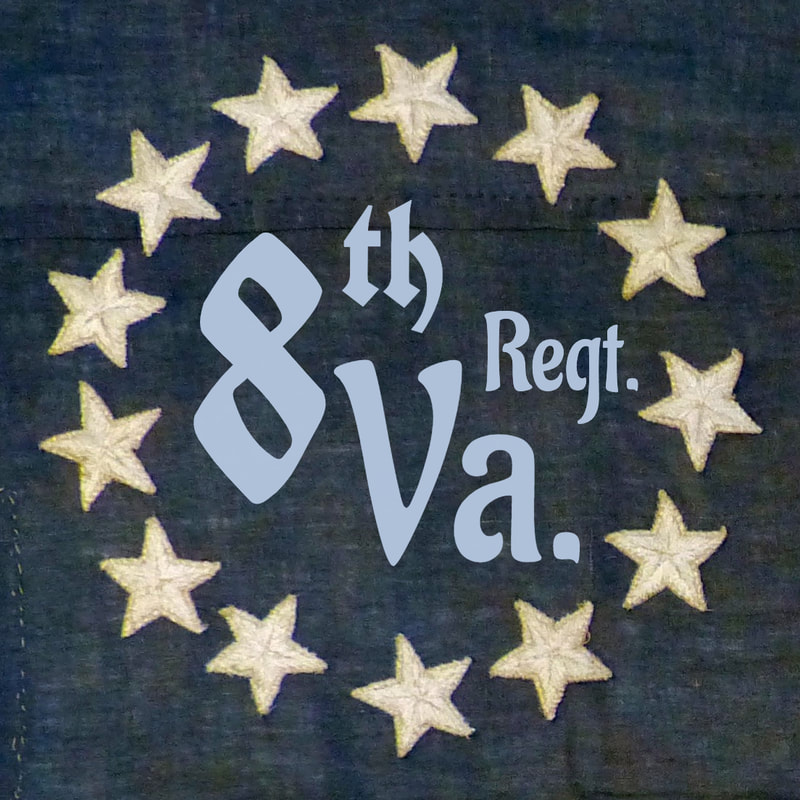
 RSS Feed
RSS Feed